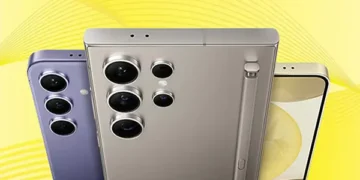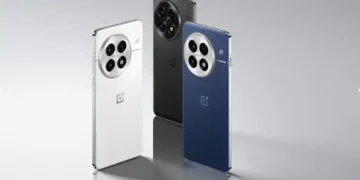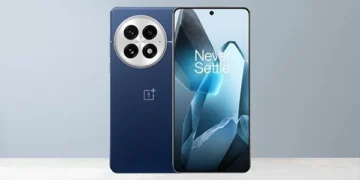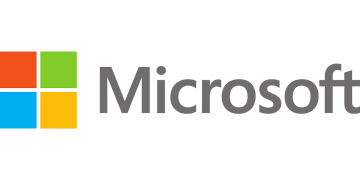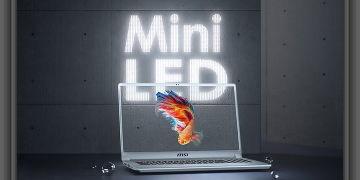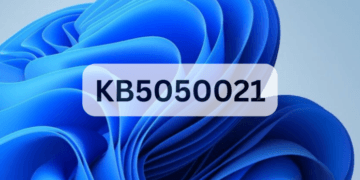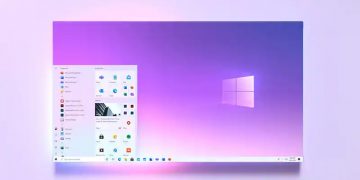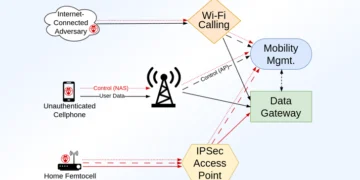
The Windows 10 May 2020 Update was finally released to mainstream users on 27 May 2020 after more than a year of testing on Windows Insiders. May 2020 Patch incorporates a number of new additions and enhancements and this patch includes some documented bugs, following the thorough testing.
Microsoft has also disabled and depreciated several apps from the Windows 10 May 2020 upgrade. There’s not a ton of things that are destroyed, but with this new release one of the most popular features called “Windows To Go” is disabled.
Windows To Go was launched with Windows 8, and Microsoft supported the Windows 10 update to October 2018 with Windows 10 update, and version 1903 was deprecated in May 2019.
Messaging and Mobile plans app
Microsoft also drops the bundled Email and Travel Plans feature. However, applications are still supported and distributed with mobile devices.
Since the death of Windows 10 Mobile, the integrated Message app has been useless, so it’s not much of a loss. Last year, Microsoft removed the Messaging app’s sync feature. Upgrade May 2020 completely drops the app from the OS.
You can synchronize your messages using the Your Phone App and Dell Mobile Connect.
Consumer skills Cortana
The upgrade of May 2020 also reduces the ability of Cortana to play or scan songs, clever home devices and other consumer-driven apps.
A few features were also deprecated by Microsoft during the Windows 10 May 2020 update (version 2004). Over total, three functions are no longer active:
The Companion System Platform is no longer being developed, which was a way to handle devices like Micorosft Group.
Legacy Microsoft Edge is no longer created, and Chromium Edge will be replaced in a future upgrade.
Microsoft no longer develops the Dynamic Disks functionality. In the future release of Windows 10, the feature will be replaced with Storage Spaces.
It is also worth noting that in Windows 10 edition 2004 Microsoft has also developed WordPad, Notepad and Paint apps. These can be disabled from the ‘Optional Features’ tab of the Settings app.
Internally, Microsoft is now developing Windows 10 21H1, which is expected to debut with consumer-focused features and UI enhancement in the first half of next year.














